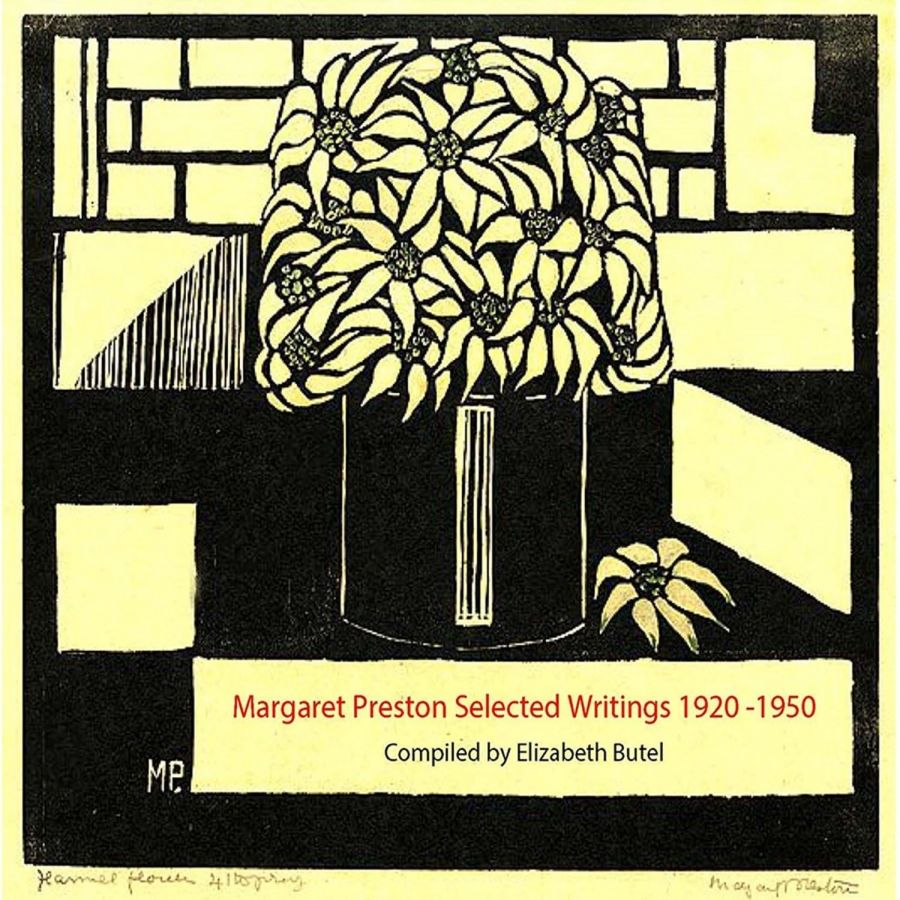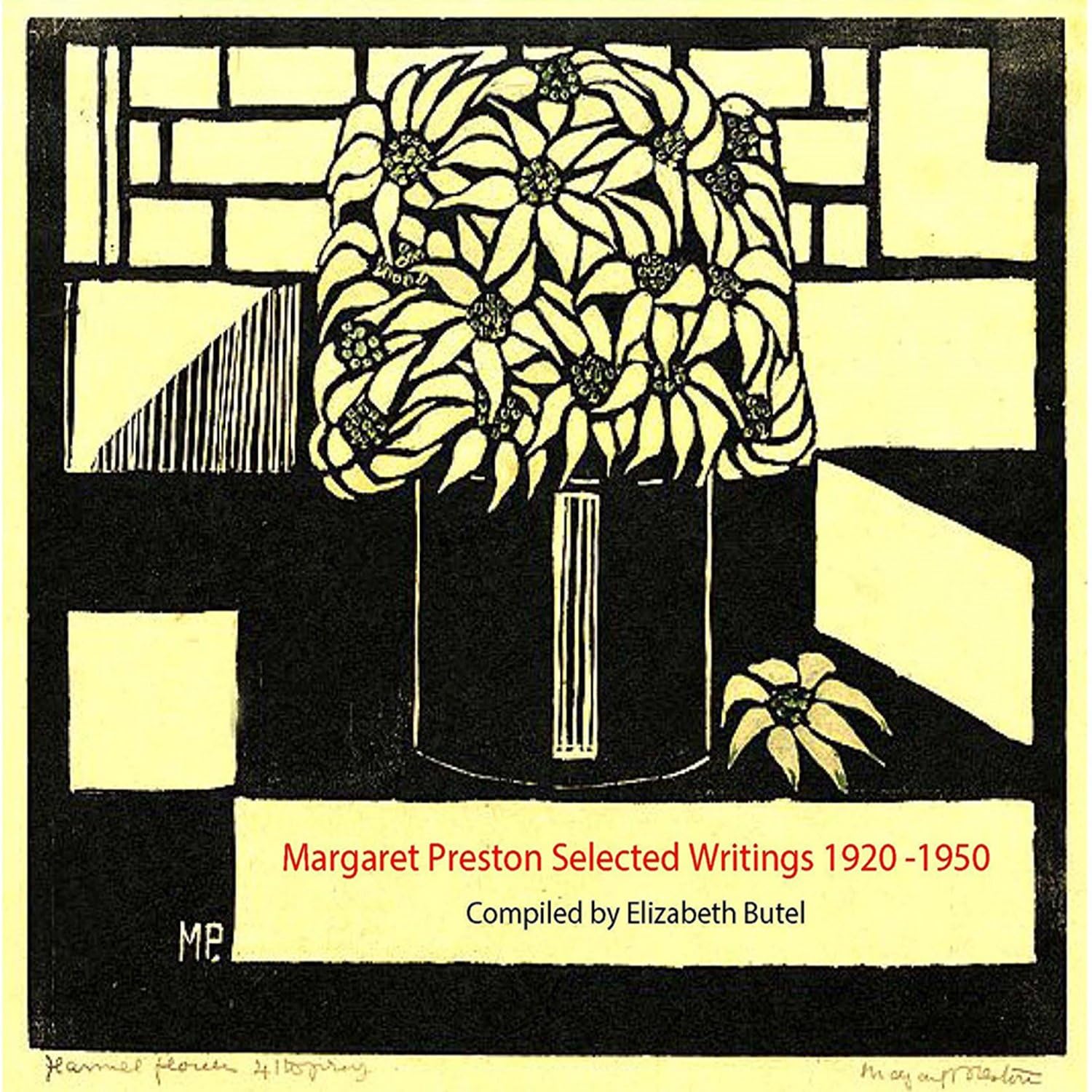
- Free Article: No
- Contents Category: Art
- Review Article: Yes
- Article Title: Placing Preston
- Online Only: No
- Custom Highlight Text:
One of Australia’s most significant Modernist artists, Margaret Preston (1875–1963) is often remembered for her relentless self-promotion and her forthright opinions: in particular, for her call to develop an art for Australia, untainted by past and irrelevant foreign art. Although frequently quoted (the wonderfully titled autobiographical article ‘From Eggs to Electrolux’ being one of her best-known pieces), her writings have not previously been gathered together. Selected and introduced by Elizabeth Butel, who has written before on Preston, this book presents twenty-nine articles and one extract. These appeared in a number of publications – art journals, women’s magazines, exhibition catalogues and the like – between 1923 and 1949.
- Book 1 Title: Art and Australia by Margaret Preston
- Book 1 Subtitle: Selected writings 1920–1950
- Book 1 Biblio: Richmond Press, $29.95pb, 136pp
- Book 1 Cover Small (400 x 600):

- Book 1 Cover (800 x 1200):

The articles are divided into three sections: autobiographical writings and commentaries on the Australian and contemporary art scene; indigenous art and its part in the development of a distinctly Australian art; and ‘other’, which includes ‘how-to-do’ articles about making woodcuts, ceramics and screenprints, plus two of her travel stories (which Preston had hoped to publish as a book). Through this assortment, Preston emerges as a remarkable woman – energetic, adventurous, determined, opinionated, brusquely encouraging, sometimes contradictory, with an engagingly straightforward writing style. The diversity of her interests is impressive, from Cubism and Chinese art, to calling in 1942 for the need for Australia to turn its interests from Europe to Asia and the US. Some of ‘Mad Maggie’s’ quotes are stunners: ‘Let us have no travelling for our budding artists’ (despite her own eye-opening travels, described in other articles); ‘Have courage, before it is too late, before this country is poisoned by internationalism, making its art bastard forever’; and, apropos indigenous art, ‘Mythology and religious symbolism do not matter to the artist, only to the anthropologist.’ I particularly liked ‘Americans, being essentially a childish people, have originated the cinema. It is their national art.’ How prescient.
Although this publication provides a welcome opportunity to access Preston’s writings, and brings together varied and occasionally obscure material, several features are disappointing. Sloppy editing sets a bad tone (poor Sydney Ure ‘Snith’), and the black-and-white woodcut illustrations are regrettably copied from reproductions. The barely noticeable pixelation blurs the edges of what should be crisp lines, and would surely have roused Preston’s notorious temper. This might be acceptable if the articles were accompanied by their original illustrations. When relevant to the argument, the absence of these images weakens Preston’s points and makes references to non-existent illustrations absurd.
Regarding the selection and organisation of articles, those in the first section on flower arranging and bedroom decoration (please note: oil paintings are forbidden in the bedroom) would have sat better with the later miscellaneous articles. In the indigenous section, two entries talk of a national art without reference to indigenous art, while three interesting but repetitive articles, all written in 1941, should have been selected more critically. The best aspect of this section is that the articles are arranged chronologically (unlike the first and third, which are, apparently, thematic). We can thus see Preston’s growing appreciation of Aboriginal art, from handy patterns for cushion covers to her recognition of it as a deeply felt and considered art form.
However, it is the lack of contextualisation that is of the greatest concern. The six-page introduction lacks information about Preston’s writing. When did she start? Why? What proportion of her writings is included here? (Roughly half, not counting her letters.) What was the relationship between her art writing and her art production? What was happening in the art politics of the time? How were her writings received? Were her ideas unique? Were other artists also writing? To give one example, it is remiss, especially for readers less familiar with Preston’s art, to describe Art in Australia only as a ‘high quality quarterly’ without mention of the crucial role it and its publisher, Ure Smith, played in the dissemination of art information in Australia, and the privileged position Preston held in its pages. On the other hand, if aiming at a more ‘Preston-literate’ audience, a great opportunity has been missed in which to analyse such writings in the context of Preston’s art, Australian art writing and Australian writing in general. Many of the articles would have benefited from an introductory paragraph, summarising Preston’s ceramic work, for example, or her screenprinting (Preston was, in fact, one of the earliest Australian artists to produce screenprints as ‘fine art’ prints). The occasional footnote would not have gone astray, either (who was that unnamed Parisian teacher?). While the index will be useful, it is frustrating that the articles’ dates and places of publication are not included on the contents page. As these are listed only at the end of each article, it is hard to develop an awareness of how Preston’s writing changed for different publications, a process that Butel mentions in her introduction. Information about further reading on Preston or her writings is wholly absent, although listings of her articles and lectures have been published previously. A final point: the title ‘Art and Australia’ seems odd, given Preston’s close association with Art in Australia (the magazine Art and Australia’s forerunner). A certain physical similarity to the later magazine may also cause confusion.
This collection of writings is a handy resource about an impressive woman, and will undoubtedly open people’s eyes to new aspects of Preston’s life, thought processes and artistic development, even if they may feel the need to go elsewhere to flesh out the facts.


Comments powered by CComment